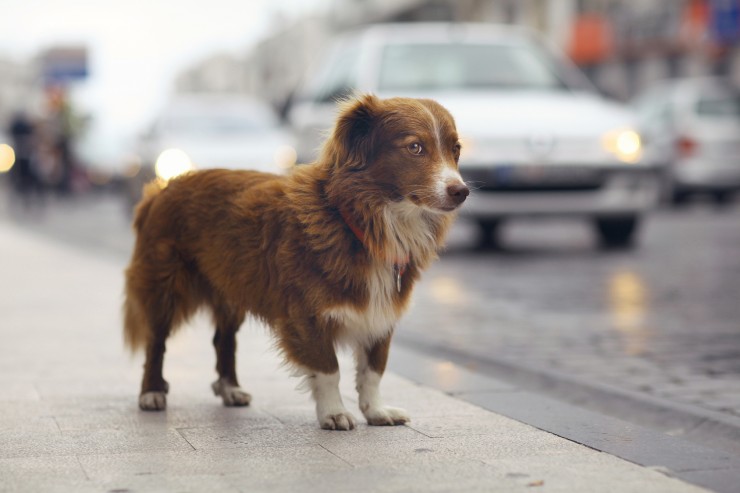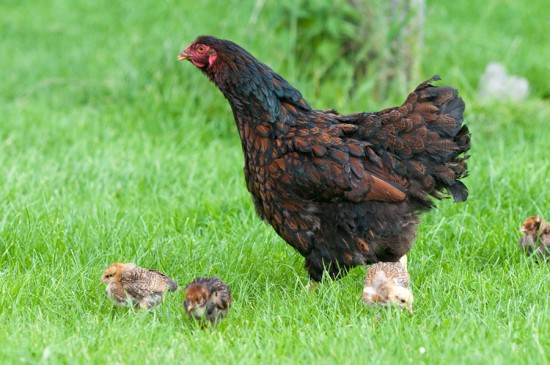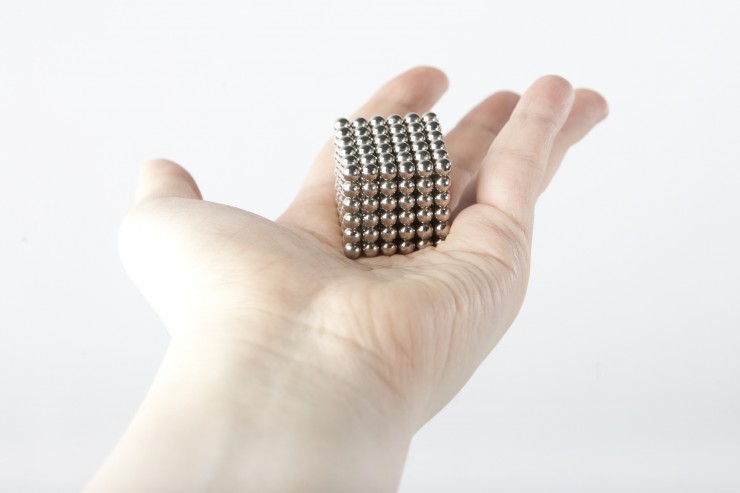
Dog skin problems are extremely common in dogs and can affect old and young canines alike. It is important to identify the problem and its symptoms and get your dog treated accordingly. Here are few dog and horse diseases, their symptoms, and remedies.
One of the common dog skin problems is hot spot on dogs. Hot spots on dogs, also called as acute moist dermatitis, are itchy, red, oozing skin infections that in the beginning emerge as circular lesion, most often on the hip, along the side of chest and on head.
Causes of dog hot spots:
Hot spots are typically seen in those canines that have furry coats such as Pomeranians or Shih Tzu.
Canines with allergic reactions to household chemicals, plant pollen, commercial dog food and house dust are also susceptible to dog hot spots.
Other canines are merely plain hyper and will end up gnawing, licking and biting at themselves in case left alone. This could also cause dog hot spots.
Solution:
Firstly, isolate the skin area by trimming down the hair around the sore in order to avoid the spreading of the infection. Cutting down the hair around the hot spot not merely makes it easier to treat the infection, but also reduces the cause of itchiness.
You require to dry out the sore, so that it would not burn and do not have pus in it. Do this by putting wet tea bags on the sore.
Numerous products have proven to be extremely effective against hot spots on dogs. Among these are apple cider vinegar and witch hazel.
Akin to dogs, horses also suffer from various skin disorders. Here are 2 most commonly found skin infections in horses:
Rain Rot:
It is a skin condition commonly found in horses that spend much time out in the rain and is seen usually during mild, wet winters. It is caused by an organism known as Dermatophilus congolensis that gains entry in to skin after long exposure in the rain.
Symptoms:
It occurs on the belly, lower limbs and back. The hair appears tufted and matted and in case you pull gently on it, the hair would come out, leaving pus attached.
Horses that are most likely to get rain rot are those with shaggy feathers or coats and who are kept in mucky paddocks for prolonged time in wet weather.
Solution:
It is essential to check your horse on regular basis for lesions, in case your horse is often out in rain, ideal means to prevent rain rot is to ensure that your horse always has access to clean shelter.
In case your horse develops rain rot, keep him indoors and completely dry. Trim down any long hair covering lesions and clean the affected site. Then apply a good antibiotic ointment until the skin is healed.
Scratches in Horses: Scratches develop on the back of horse’s pastern, where skin inflammation causes horizontal cracks. This becomes wider as your horse moves, causing pain and lameness. Horses with clipped legs and heavy feathers are equally vulnerable.
Solution:
Scratches in horses can be treated with diluted iodine, as it is an excellent cleaning agent. In case, there is high inflammation, a soothing cream with corticosteroids must be applied until the scratches are healed.
To prevent worsening and over-drying of cracks, keep the horse’s skin supple with lanoline based cream.
An important thing is to keep your horse’s legs dry and clean it in order to prevent scratches.
dog hot spots
 Keeping A Dog Within An Urban Environment
Keeping A Dog Wit
Keeping A Dog Within An Urban Environment
Keeping A Dog Wit
 Is My Hen Broody?
Is My Hen Broody?
Is My Hen Broody?
Is My Hen Broody?
 The Main Characteristics Of The Schnoodle Dog
The Main Characte
The Main Characteristics Of The Schnoodle Dog
The Main Characte
 Neodymium Magnets Are A Real Danger To Dogs
Neodymium Magnets
Neodymium Magnets Are A Real Danger To Dogs
Neodymium Magnets
 Chicken Runs –Your Chickens to Roam Happily and Secured from Predators
Chicken Runs –Your Chickens to Roam Happily and Secured fr
Chicken Runs –Your Chickens to Roam Happily and Secured from Predators
Chicken Runs –Your Chickens to Roam Happily and Secured fr
Copyright © 2005-2016 Pet Information All Rights Reserved
Contact us: www162date@outlook.com